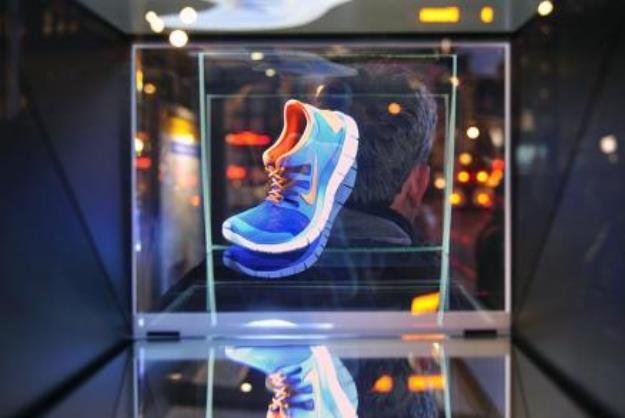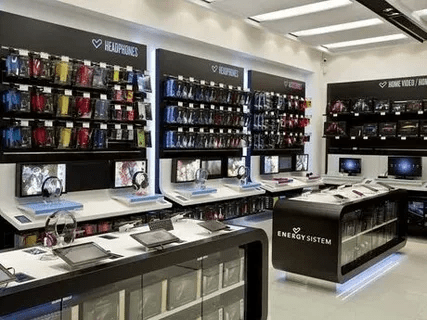In the ever-evolving world of technology, UI/UX design plays a critical role in shaping how users interact with digital platforms. Trends in this field are constantly changing, driven by advancements in technology and shifting user expectations. As designers strive to create intuitive, accessible, and visually engaging interfaces, understanding future trends becomes essential. This blog explores the top UI/UX trends that are transforming the industry and redefining user experiences.
What is UI/UX Design?
UI/UX design focuses on creating digital products that are both functional and visually appealing.
- UI (User Interface) Design: This involves the look and feel of a product, including buttons, colors, typography, and layouts. The goal is to make interfaces visually attractive and easy to use.
- UX (User Experience) Design: This emphasizes the overall experience users have while interacting with a product. It includes usability, accessibility, and ensuring the product meets user needs effectively.
1. Voice User Interfaces (VUIs): A New Era of Interaction
Voice User Interfaces are gaining momentum, thanks to the widespread adoption of voice assistants like Amazon Alexa, Google Assistant, and Apple Siri. VUIs allow users to interact with devices seamlessly, reducing the dependency on screens.
Designers are now focusing on crafting conversational designs that feel natural and intuitive. Emphasis is placed on clear voice commands, minimizing errors, and ensuring accessibility for diverse user groups. As this trend evolves, we can expect voice interactions to become a core component of digital experiences.
2. Augmented Reality (AR) and Virtual Reality (VR): Immersive Experiences
AR and VR technologies are no longer confined to gaming and entertainment. They are being integrated into diverse industries, including retail, healthcare, education, and real estate.
For instance, AR allows users to visualize furniture in their living space before purchase, while VR offers virtual tours of properties or educational simulations. Designers are challenged to create immersive yet user-friendly interfaces that bridge the gap between physical and digital experiences. As hardware becomes more affordable, AR and VR will likely become mainstream.
3. Minimalistic and Functional Design
Simplicity is the ultimate sophistication in UI/UX design. Minimalistic design focuses on removing unnecessary elements, allowing users to focus on core functionalities. This approach enhances usability, reduces cognitive load, and aligns with the growing preference for clean aesthetics.
Key elements of this trend include ample white space, simple typography, and intuitive navigation. By combining minimalism with functionality, designers can deliver visually appealing and efficient interfaces that cater to modern users’ needs.
4. Dark Mode and User Customization
Dark mode has transitioned from a trend to a must-have feature in UI/UX design. It offers a visually appealing alternative that reduces eye strain, conserves device battery life, and enhances readability in low-light environments.
Additionally, user customization is becoming a priority. Allowing users to personalize their interface—such as adjusting themes, layouts, or font sizes—empowers them to tailor experiences to their preferences. This level of control fosters a sense of ownership and satisfaction among users.
5. Accessibility: Inclusive Design for All
Inclusivity in design is no longer optional. Creating accessible digital experiences ensures that all users, including those with disabilities, can interact with platforms effectively. Accessibility features, such as screen reader compatibility, keyboard navigation, and color contrast adjustments, are being integrated into modern designs.
By prioritizing accessibility, designers not only comply with regulations but also enhance user satisfaction and broaden their audience reach. This trend is expected to grow as organizations recognize the importance of inclusivity.
6. Artificial Intelligence (AI) and Personalization
AI is transforming UI/UX design by enabling hyper-personalization. Machine learning algorithms analyze user behavior to deliver tailored content, recommendations, and experiences.
For example, e-commerce platforms use AI to suggest products based on browsing history, while streaming services recommend shows aligned with viewing preferences. This level of personalization enhances user engagement and drives conversions. As AI technology advances, designers will have more tools to create dynamic, user-centric interfaces.
7. Motion Design: Adding Depth and Engagement
Motion design is an effective way to capture attention and guide users through an interface. From subtle animations to interactive transitions, motion design enhances usability and adds a layer of sophistication to digital platforms.
Designers are using motion to provide visual feedback, improve navigation, and create memorable experiences. As technology improves, expect motion design to play an even bigger role in enhancing engagement and storytelling within interfaces.
8. Sustainable and Ethical Design Practices
Sustainability and ethics are emerging as critical considerations in UI/UX design. Designers are focusing on creating eco-friendly digital solutions, such as reducing energy consumption and minimizing the environmental impact of online platforms.
Ethical design practices include respecting user privacy, avoiding manipulative patterns, and promoting digital well-being. These efforts align with growing consumer awareness and demand for responsible technology. Adopting sustainable and ethical practices helps build trust and loyalty among users.
9. Micro-Interactions: Enhancing User Feedback
Micro-interactions are subtle design elements that provide instant feedback to users. They make interfaces feel alive and responsive, whether it’s a button animation, hover effect, or loading spinner.
These small yet impactful details improve usability by guiding users and ensuring they understand the outcomes of their actions. Designers are increasingly leveraging micro-interactions to add personality and polish to their interfaces, making them more engaging and enjoyable.
10. Advanced Prototyping and Real-Time Collaboration
Prototyping tools are evolving to support real-time collaboration and streamline the design process. Platforms like Figma, Adobe XD, and Sketch enable designers to create interactive prototypes, test user flows, and gather feedback efficiently.
These tools foster collaboration among designers, developers, and stakeholders, resulting in more cohesive and innovative designs. As remote work becomes more common, advanced prototyping and collaborative tools will continue to gain importance.
Conclusion
The future of UI/UX design is dynamic and exciting, driven by technological advancements and changing user expectations. From voice interfaces and AR/VR to ethical design and AI-driven personalization, these trends are shaping the way we interact with digital platforms.
By embracing these innovations, designers can create intuitive, accessible, and engaging experiences that meet the needs of modern users. Staying informed and adaptable is key to thriving in this ever-changing field.
Devoq Design company is a premier UI/UX design agency serving clients across UI/UX Design Agency in Illinois and UI/UX Design Agency in Indiana, specializing in creating user-centric digital experiences that elevate brands and drive results. With a team of skilled designers and strategists, Devoq Design crafts intuitive interfaces and seamless user journeys tailored to meet the unique needs of businesses. Whether you’re based in Chicago, Indianapolis, or beyond, Devoq Design delivers innovative, visually stunning, and highly functional solutions that help companies connect with their audiences and achieve their digital goals.









































































































































































































































































































































































































































































































































































































































































































































































































































































































































































































































